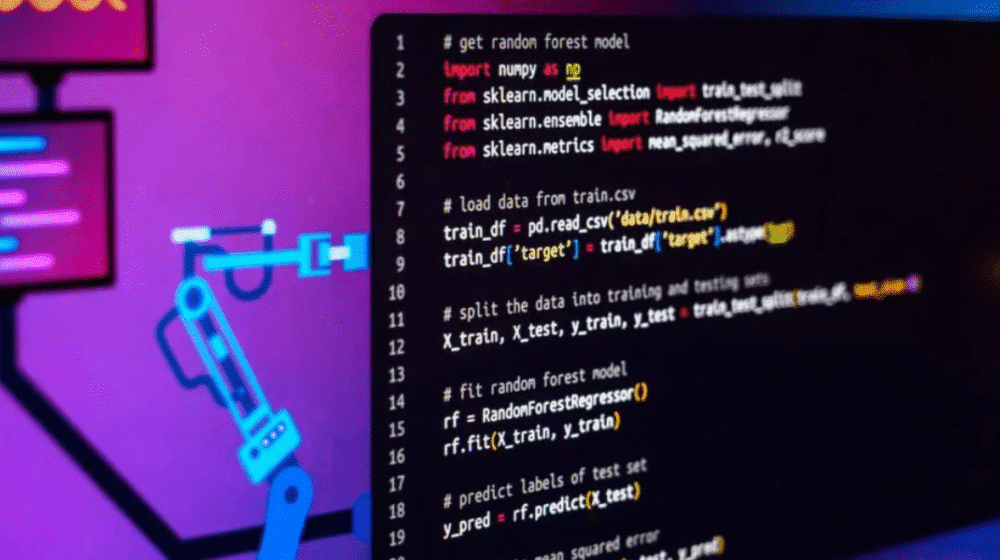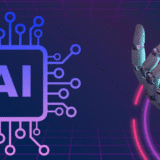In today’s rapidly evolving technological landscape, integrating AI in Quality Engineering (QE) has become essential for organisations striving to deliver superior software products. AI-powered Quality Assurance not only streamlines quality assurance processes but also enhances accuracy, efficiency, and adaptability. This paradigm shift is paving the way for smarter, faster, and more reliable software development.
The Evolution of Quality Engineering
Traditionally, Quality Engineering relied heavily on manual testing and predefined automated scripts. While effective, these methods often struggled to keep pace with the increasing complexity and speed of modern software development. The advent of Artificial Intelligence for Software Testing has introduced transformative capabilities, enabling QE to evolve from reactive problem-solving to proactive quality assurance.
AI-Powered Testing: A Paradigm Shift
AI-powered Quality Engineering enhances QE through intelligent test automation, predictive analytics, and self-learning algorithms. Machine Learning in Software Testing can analyse vast datasets to identify patterns, predict potential defects, and optimise test coverage. This results in more efficient testing cycles and the early detection of issues, reducing time-to-market and improving product reliability.
Benefits of Integrating AI into Quality Engineering
- Enhanced Test Coverage: AI Testing Tools can generate comprehensive test scenarios, ensuring that edge cases are evaluated without exhaustive manual input.
- Improved Accuracy: By minimising human error, AI-driven Quality Assurance delivers more precise results, leading to higher-quality software releases.
- Resource Optimisation: Automating repetitive tasks allows quality engineers to focus on complex problem-solving and innovation, maximising team productivity.
- Continuous Improvement: AI-enhanced Software Development systems learn from each test cycle, continually refining their processes to adapt to new challenges and requirements.
Implementing AI in Quality Engineering: Best Practices
- Strategic Planning: Define clear objectives for integrating AI in Software Development, aligning them with organisational goals to ensure a cohesive approach.
- Data Management: Maintain high-quality datasets to train Machine Learning for Software Testing effectively, as the accuracy of AI predictions depends on the data provided.
- Skill Development: Invest in training for quality engineers to develop AI competencies, fostering a culture of continuous learning and adaptation.
- Tool Selection: Choose AI Testing Tools that seamlessly integrate with existing workflows, ensuring compatibility and ease of use.
- Ethical Considerations: Implement AI-driven Quality Engineering responsibly, addressing potential biases and ensuring transparency in decision-making processes.
Case Study: AI in Action
A leading Australian financial institution implemented AI-driven Quality Assurance to enhance its mobile banking platform. By leveraging AI-powered Testing Tools, the bank achieved a 30% reduction in testing time and a 25% increase in defect detection rates. This resulted in a more robust and user-friendly application, demonstrating the tangible benefits of integrating AI in Software Development.
The Future of Quality Engineering with AI
As AI technologies for Quality Engineering continue to advance, their integration into QE will become increasingly sophisticated. Future trends may include:
- Autonomous testing systems capable of self-healing.
- Real-time quality monitoring through AI Analytics for Quality Assurance.
- Deeper integration with DevOps practices to facilitate continuous delivery.
Conclusion
Embracing AI-powered Quality Engineering empowers organisations to deliver high-quality software products efficiently and effectively. By adopting AI-driven methodologies for Quality Assurance, businesses can stay ahead in a competitive market, ensuring their software solutions meet the highest standards of excellence.






